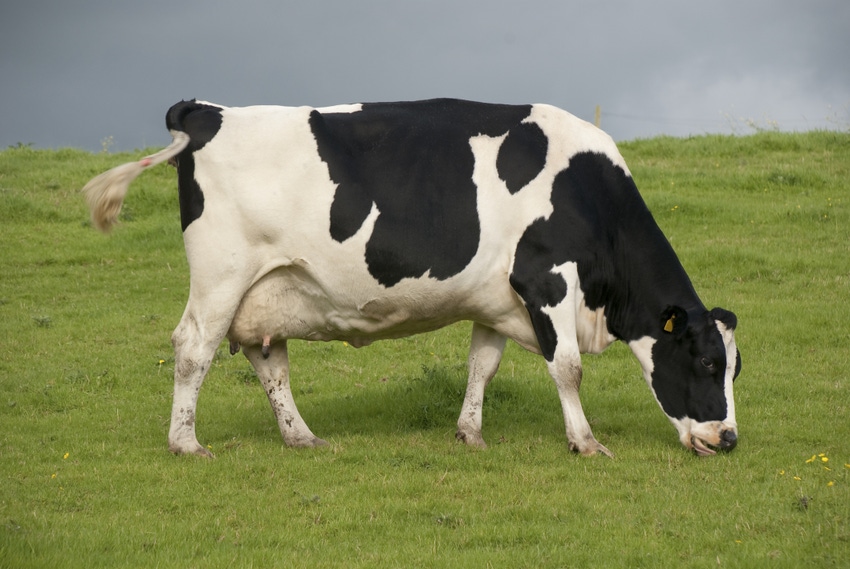Game-changing genetic discovery to help target disease resistance and improve herd health and operational profitability.
February 20, 2018

Zoetis announced Feb. 20 that it has developed the first complete Holstein de novo reference genome, giving geneticists the ability to map regions of the genome influencing a range of health and disease outcomes.
This significant development will promote advancement of the dairy industry through healthier, more productive animals, Zoetis said.
The genome was completed with several new technologies and three sequencing platforms to order the Holstein genome as accurately as possible. With this level of accuracy, scientists can more easily identify genes that advance herd health and productivity and, alternatively, genes that impede the dairy industry’s progression.
“Sequencing a genome is the most important step toward fully understanding it,” said Dr. Sue DeNise, executive director, Zoetis Animal Genetics Global Research & Development. “In the future, discoveries made from the new Holstein reference genome will allow us to identify new targets for disease resistance and utilize natural selection processes to improve health and welfare of cattle. It’s like going from analog TV to high-definition TV. We’ll have even better insight into which genes reside to help animals resist and withstand diseases such as pneumonia and mastitis.”
Until now, the dairy industry looked to the first reference genome assembled for cattle in 2009, which was derived from a beef cow named L1 Dominette 01449, a Hereford born in Montana. While Dominette’s genome assembly piloted the cattle genomics era, a single reference genome was not enough to demonstrate the full genetic differentiation of a species, Zoetis said.
Genetic makeup fundamentally differs from breed to breed due to genetic drift and selection due to breed divergence. Comparing a Hereford genetically with other breeds of cattle — such as Holsteins — was only the beginning.
Genome sequencing is often compared to decoding a software program. The process determines the order of DNA bases in a specific genome — the order of As, Cs, Gs and Ts that together make up an organism’s DNA. Cattle have 30 pairs of chromosomes and about 3 billion bases to put into order.
To facilitate a highly accurate sequence, Zoetis said a single Holstein bull was utilized from straws of semen available commercially. These samples from a single animal contain the entire DNA blueprint for an animal, providing unique insights into the Holstein breed.
“By generating a complete Holstein reference genome, we can better understand the genetic basis of dairy cattle phenotypes,” said Mike Layfield, Zoetis senior director, strategic marketing, Global Genetics. “Promoting the health and wellness of dairy cattle has long been a key aspect of the Zoetis portfolio. This development is a strong testament to the innovative spirit and industry dedication of those in Zoetis’ genetics business.”
This development comes at a time when dairy producers are focused on raising healthy cows to help maximize their productivity while improving efficiencies and sustainability. This new development could help optimize their investment in raising the right cattle for their operation.
You May Also Like


.png?width=300&auto=webp&quality=80&disable=upscale)
